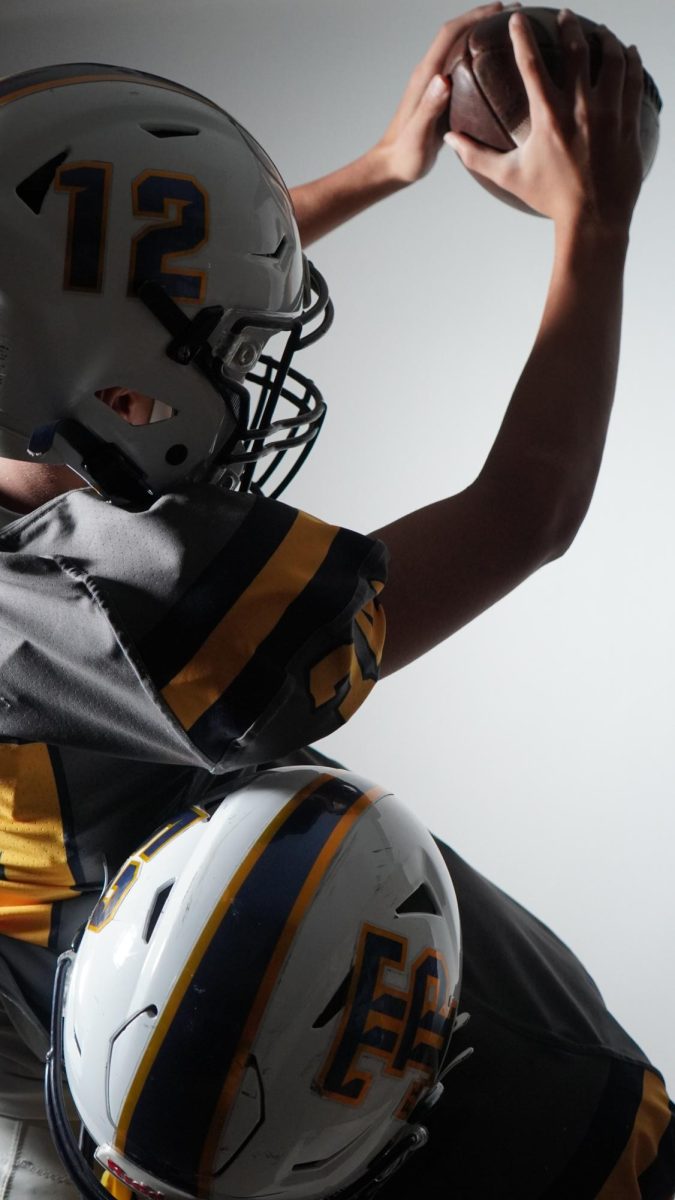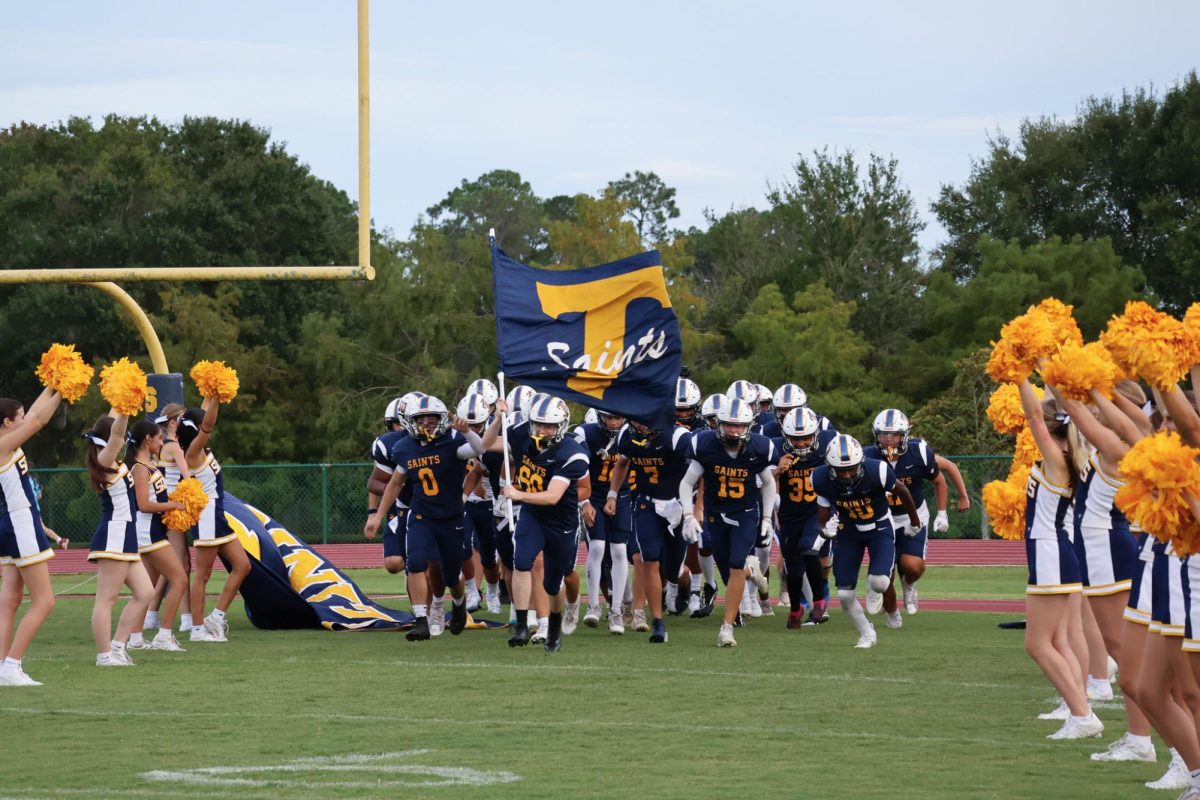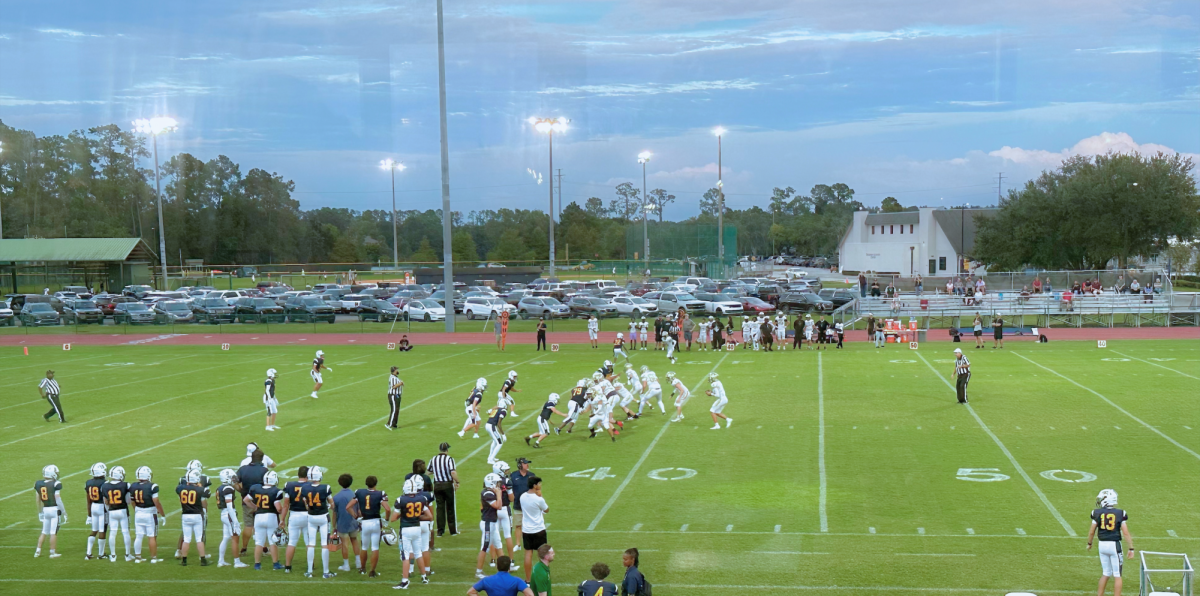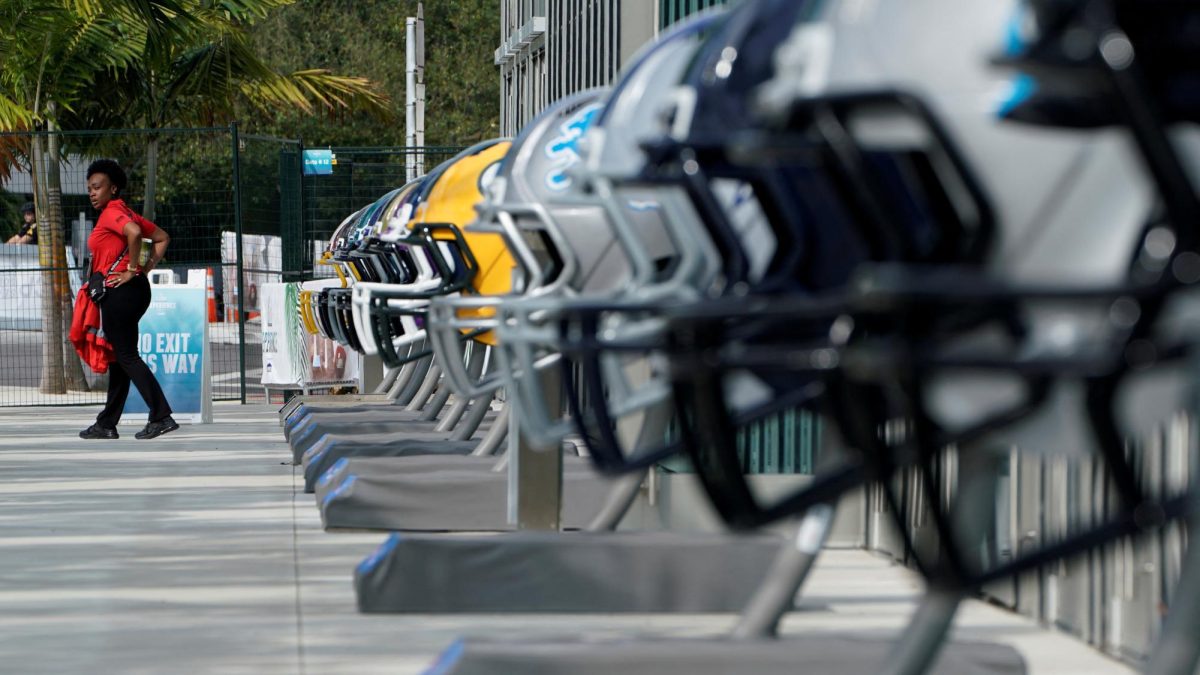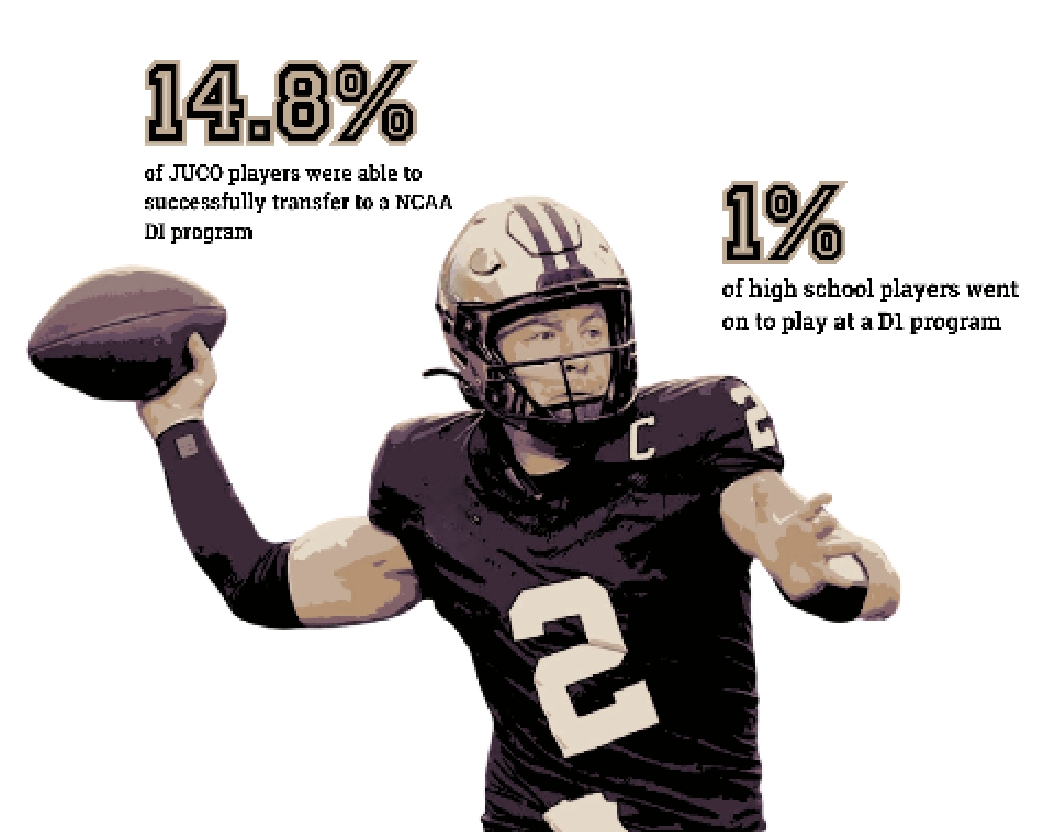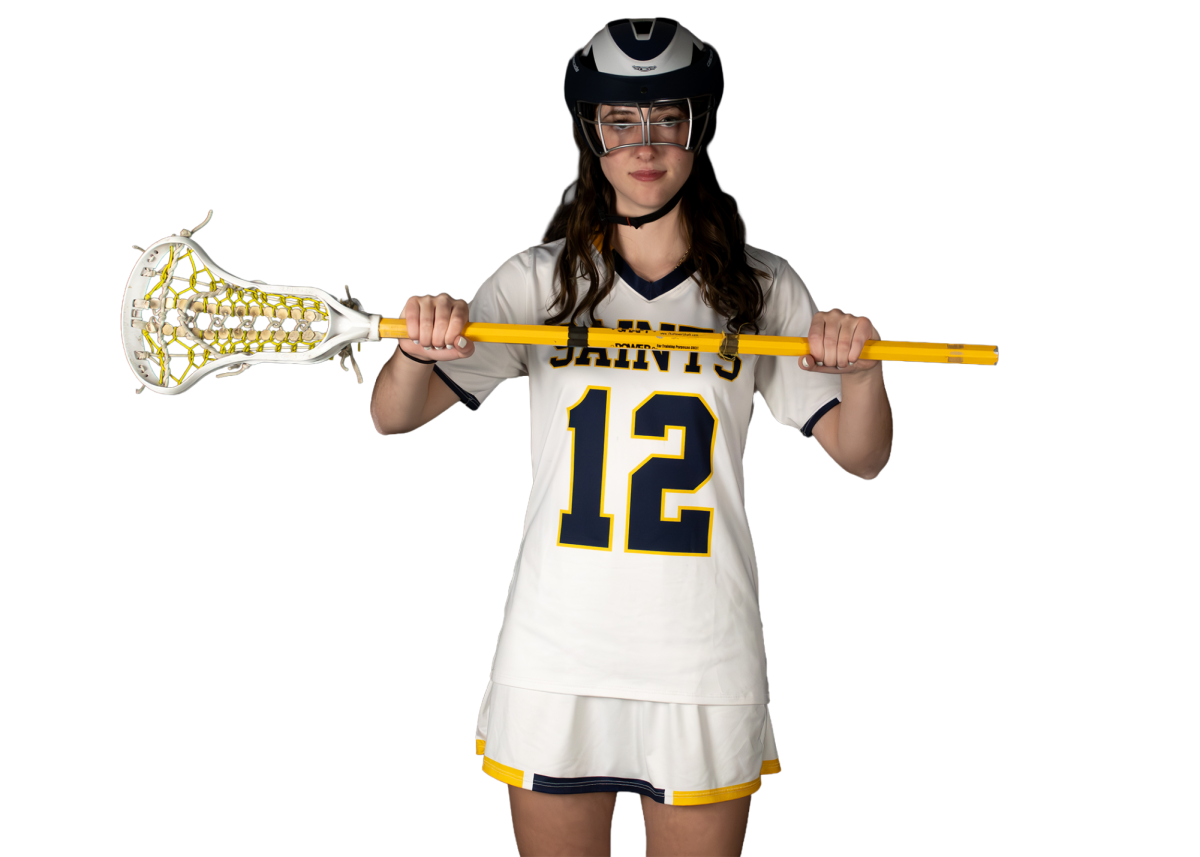All year, every year and almost every day, Trinity Prep is bursting at the gates with sports’ practices. From football in the fall, to weightlifting in the winter, to softball in the spring, Trinity hosts 24 varsity sports teams and a plethora of other junior varsity and middle school teams.
For many athletes, the word ‘team’ carries differing connotations. The meaning of playing on a team can vary from a lacrosse player to a track and field athlete.
Some would say that sports like cross country, swimming and track and field are more individually based when compared to more “conventional” team sports.
The intriguing incongruities span complex intangibles, like team chemistry and pressure, as well as more clearly visible facets, such as practice structure.
Dealing with pressure is a large part of performing well. Different athletes feel and handle varying levels of pressure in very distinct ways, and the split between more team-oriented and individually-minded sports only further blurs this line.
Junior Gracie Gigliotti, who both swims and plays girls’ lacrosse, said she feels much more pressure on a day-to-day basis during swimming season. She remarked that the very definitive ranking system based on individual times is very stressful.
On the flip side, senior Rory Costello, who plays football and participates in boys’ weightlifting, argued that his more team-oriented sport is harder on the emotions.
“With weightlifting, you know exactly what is coming. You are going to do your best to improve on your total from last week,” Costello said.
“There is competition, but no one is really competing against you. They are competing with you.”
If they break through pressure and perform outstandingly, athletes can leave an impact on their teammates and school.
The allure of being able to leave a footprint can be a large draw to participate in a sport.
Many feel they can leave a larger impact in more individually-minded sports, where their actions can be neither bolstered nor brought down by another’s.
Senior Olivia Jacobs, a cross country runner and girls’ soccer player, feels she can leave behind more in soccer by teaching and fostering younger players.
“In cross country you are not usually near other team members, but in soccer I can encourage other teammates while helping them at the same time,” Jacobs said.
Teams that exhibit more intensity in practice generally have an easier time in games. More team-oriented sports tend to have an easier time fabricating intensely competitive environments.
This is because team sports place every athlete on a level playing field, unlike the individually-minded sports which stack every athlete up against their own expectations.
From senior captains to freshman rookies, at a team-oriented sports’ practice, each and every player is ritually expected to play at the highest level.
To make up for this, sports such as swimming and cross country have to make their practices more intense in other ways— harder workouts, multiple practices per day and intensive cross-training all accomplish this purpose.
“Swimming is constantly a competition with the clock as you’re trying to beat your time by a few seconds each time,” Gigliotti said.
“Lacrosse is more of a competition with each other. In both, it is easy to compare yourself to the athletes around you and become more competitive.”
Beyond the competitive air of a team’s practice, even the basic structure of practices varies greatly between team-oriented and individually-minded sports.
Jacobs remarked that the main difference between cross country and soccer, for her, was that cross country is far less time-hungry.
She also said that while soccer workouts and drills are not as tiring as cross country’s, there is also much more to cover on a daily basis with a sport like soccer.
Track and field sticks out as having a particularly splintered practice system.
Senior Michael Wartski said that the difference between the structure of his two sports, football and track and field, extended beyond Trinity’s practice facilities.
Football players spend extensive amounts of time together during the season, both on and off the field with workouts, film sessions and full-length practices.
“The track team does not practice together. We [only] do warm-ups with everyone. You practice and work out within your individual groups,” Wartski said.
At any given track practice, 104 athletes are split into five distinct training groups.
Distance runners, throwers, hurdlers, field event specialists and sprinters all practice separately; even those groups are further divided by gender.
“I played basketball through high school, and I have coached volleyball, cross country, and baseball,” head track and field coach Mike Arney said. “Track is different. We have lots of different individuals who have lots of different training needs.”
“Does the grouping effect team chemistry? Yes, but there is little choice with a team this large.”
Team chemistry, by itself, can make or break a team’s season. In the team-oriented sports, the sheer amount of time athletes spend together can fix any problems the players have with each other. In the individually-minded sports, team chemistry can be harder to find and must be fostered outside of practice. Team dinners and other excursions can help to bring swimmers and runners together.
While Costello said he prefers the laid back nature of weightlifting practices because he can hang out with his friends, he can draw no comparison to the bonds shared by football players.
“There is nothing quite like winning a football game [with your team],” the senior added.
The subjective nature of team victory can also divide the athletes of a more individual performance-based sport.
It would be very hard for someone who nailed their event and someone who effectively cancelled out the other’s achievement with a botched performance to be friendly to one another at the end of the day.
Dealing with the shortcomings of teammates is one of the most character-building experiences a sport can offer, and Trinity student-athletes always seem to make it work.
“We all have Trinity Prep written across our chests,” Wartski summed it up.
Regardless of sport, skill level or the level of camaraderie a team shares, being on the team is what matters.
The life lessons, abilities and confidence a team can impart on an individual are astronomical, regardless of the sport.




